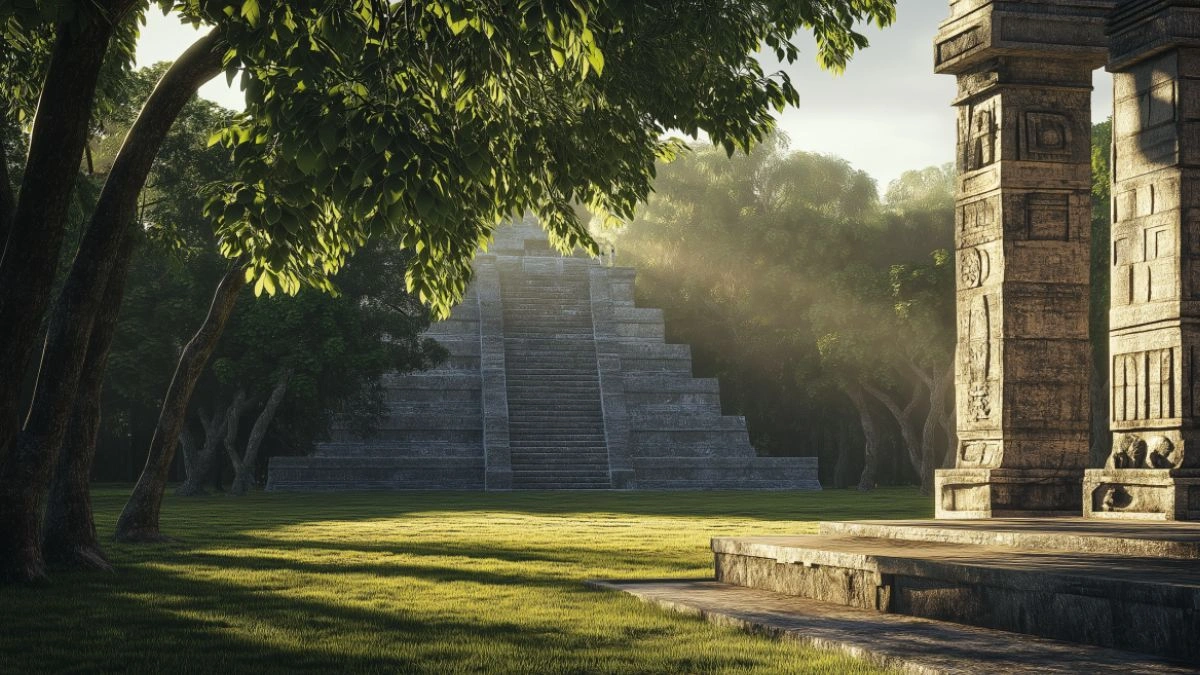Cultural Journey Through Mexico: Must-See Landmarks That Celebrate History and Heritage
Table of Contents
Mexico is a land where the past and present coexist in vivid harmony. From the ancient ruins of Mesoamerican civilizations to the colorful façades of colonial cities, every corner of the country tells a story. It’s a place where pyramids rise from jungle floors, baroque churches sit beside bustling plazas, and traditions are celebrated with passionate energy and pride.
With 35 UNESCO World Heritage Sites and countless other cultural treasures, Mexico offers a deeply immersive experience for history lovers and curious travelers alike. This cultural journey isn’t just about ticking off landmarks—it’s about connecting with the stories, art, and spirit of a country that has shaped and been shaped by centuries of diverse influences.
In this guide, we’ll explore must-see landmarks across Mexico that offer a true sense of its rich heritage. From the mystical ruins of Teotihuacan to the artistry of Oaxaca’s Monte Albán, each destination has something unique to offer. Whether you’re planning a heritage-focused road trip or a deep dive into a single city’s soul, these cultural sites promise a meaningful and memorable adventure.
Teotihuacan: The City of the Gods
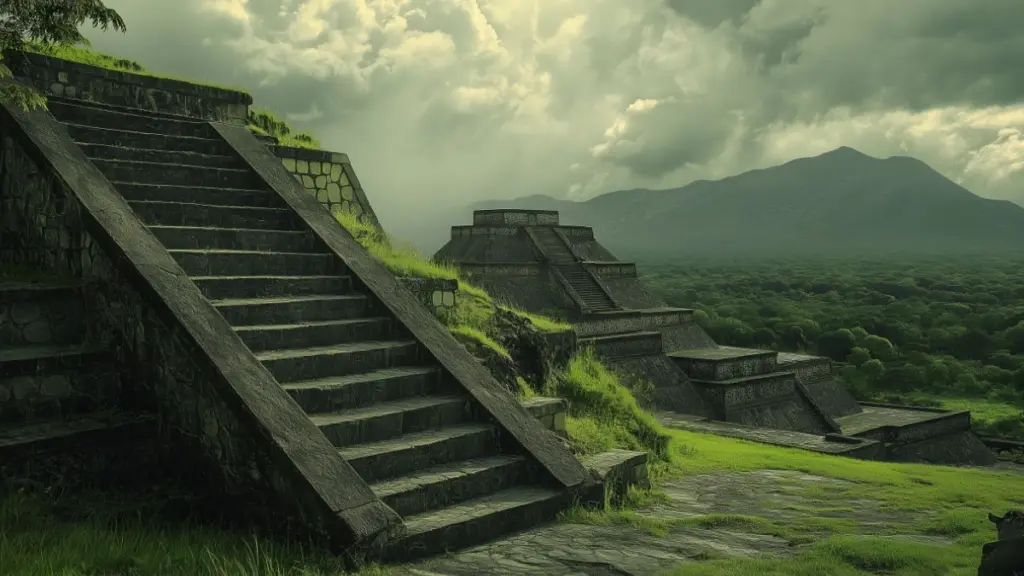
Located just an hour northeast of Mexico City, Teotihuacan is one of the most iconic and mysterious archaeological sites in Mexico. Once a thriving metropolis of more than 100,000 people, this ancient city flourished around 100 BCE and was known for its advanced urban planning, massive pyramids, and vibrant murals.
The Pyramid of the Sun and the Pyramid of the Moon are the most prominent structures, rising majestically along the Avenue of the Dead. Climbing these steep steps rewards you with panoramic views of the surrounding valley—a perspective that makes the site’s grandeur feel even more awe-inspiring.
Beyond the pyramids, explore the Temple of Quetzalcoatl (Feathered Serpent) and its intricate stone carvings. The on-site museum also provides important context about the city’s architecture, society, and influence.
Highlights of Teotihuacan
| Landmark | What to See | Cultural Significance |
|---|---|---|
| Pyramid of the Sun | Climb for panoramic views | One of the largest pyramids in the world |
| Pyramid of the Moon | Smaller but equally impressive | Aligned with sacred mountain peaks |
| Temple of Quetzalcoatl | Stone serpent heads, carvings | Symbol of fertility and water |
Chichen Itza: Mayan Majesty in the Yucatán
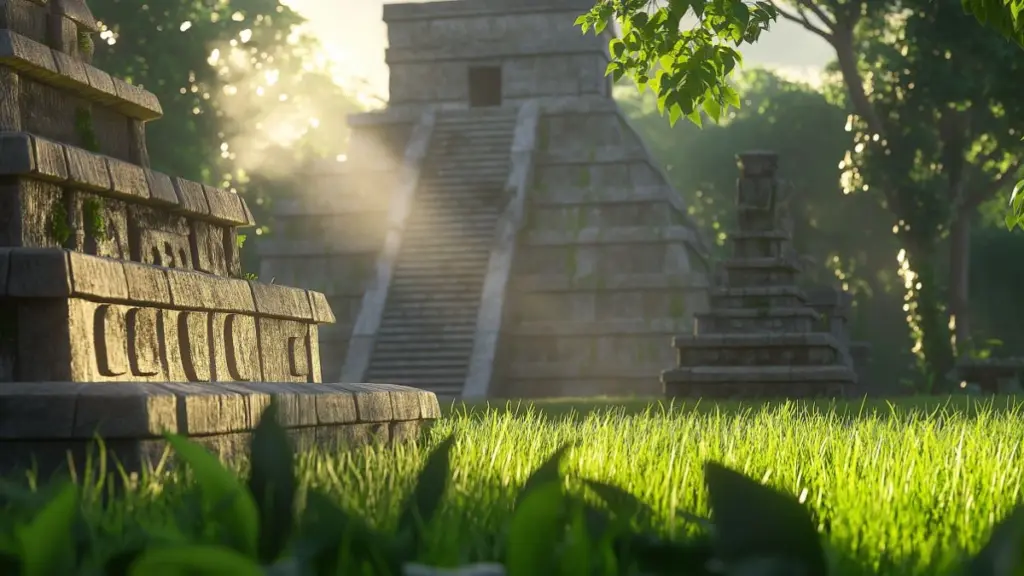
Chichen Itza is perhaps Mexico’s most famous archaeological site and a UNESCO World Heritage Site that draws visitors from around the world. Located in the Yucatán Peninsula, this ancient Maya city once served as a powerful religious, political, and economic center.
The centerpiece of the site is El Castillo, also known as the Temple of Kukulcán. This pyramid is a masterpiece of astronomical and architectural precision. During the spring and fall equinoxes, a shadow appears that mimics a serpent descending the staircase—a tribute to the feathered serpent deity.
Surrounding El Castillo, you’ll find the Great Ball Court, the Temple of the Warriors, and the Observatory (El Caracol), each showcasing the Maya’s sophistication in design, acoustics, and science. Chichen Itza is more than a ruin—it’s a living record of an advanced civilization.
Top Features at Chichen Itza
| Structure | Highlights | What It Represents |
|---|---|---|
| El Castillo (Kukulcán) | Equinox serpent shadow effect | Maya calendar, cosmology |
| Great Ball Court | Largest in Mesoamerica | Sport with ritualistic significance |
| El Caracol (Observatory) | Circular design and celestial alignment | Maya astronomy and calendrical systems |
Pro Tip: Arrive early to avoid crowds and midday heat. Consider hiring a guide to appreciate the symbolism and engineering marvels throughout the site.
Puebla’s Historic Center: Colonial Elegance and Talavera Art
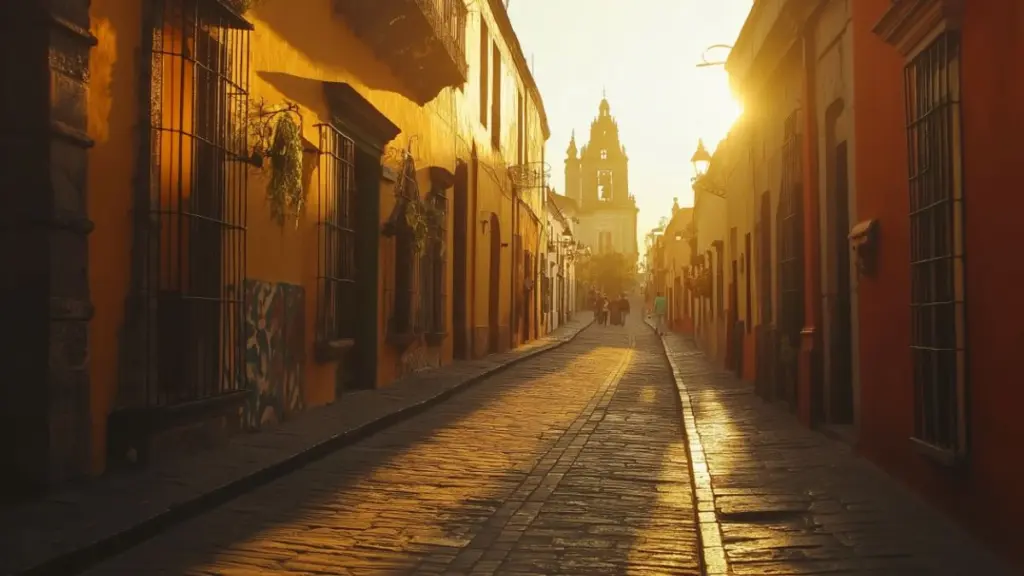
Puebla is often called the “City of Angels,” and its historic center is a testament to colonial architecture at its finest. Declared a UNESCO World Heritage Site, Puebla boasts over 2,600 historic buildings, with vibrant façades, ornate churches, and charming plazas.
The star of the city is the Puebla Cathedral, with twin towers and an opulent interior filled with baroque artistry. Walk through Callejón de los Sapos (Alley of the Frogs) to browse antique shops and colorful tiles, or visit the Biblioteca Palafoxiana—considered the oldest public library in the Americas.
Puebla is also known for Talavera pottery, a centuries-old ceramic tradition. Many workshops offer demonstrations where visitors can see artisans hand-painting the classic blue-and-white designs.
Puebla Travel Highlights
| Landmark/Experience | What to Expect | Cultural Significance |
|---|---|---|
| Puebla Cathedral | Towering architecture, baroque detail | Colonial power and religious influence |
| Talavera Pottery Workshops | Art demos and souvenirs | UNESCO-recognized craft |
| Biblioteca Palafoxiana | Rare books in colonial-era setting | Oldest public library in the New World |
Monte Albán: Sacred Mountain of the Zapotecs
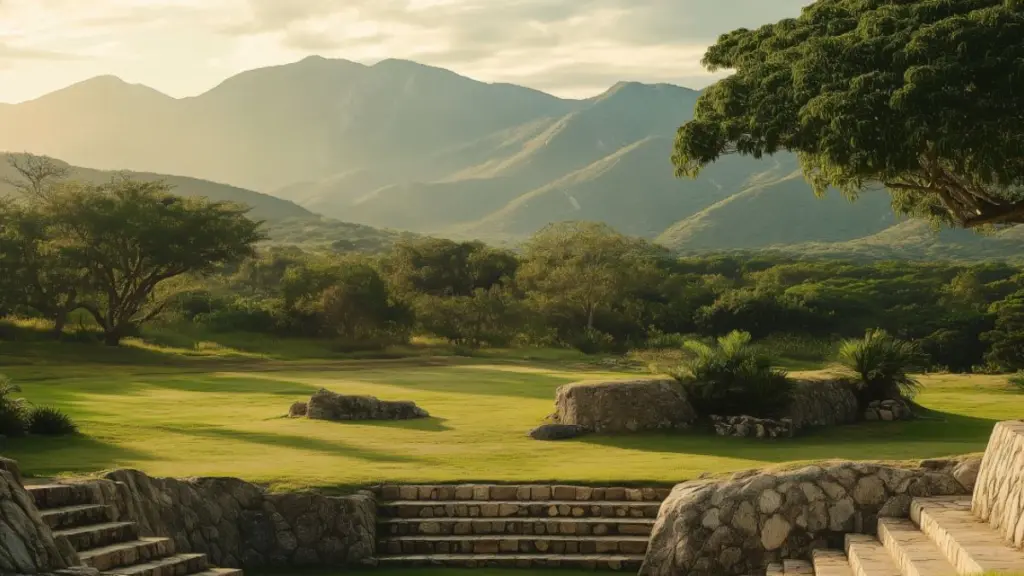
Overlooking the city of Oaxaca, Monte Albán is one of the oldest cities in Mesoamerica and a deeply spiritual site for the Zapotec civilization. Perched atop a flattened mountain ridge, the site offers sweeping views and a tranquil atmosphere that feels both powerful and peaceful.
Founded around 500 BCE, Monte Albán was a political and ceremonial hub with pyramids, plazas, tombs, and a remarkable observatory. Its layout shows advanced urban planning and astronomical knowledge. Walk through the Great Plaza, where rituals and gatherings once took place, and examine the Danzantes—carvings of dancers thought to represent prisoners or deities.
The site’s museum complements your visit with artifacts, jewelry, and insights into the Zapotec culture.
Monte Albán Must-Sees
| Site Feature | Description | Why It Matters |
|---|---|---|
| The Great Plaza | Central area for rituals | Civic and religious heart of the city |
| Observatory | Circular structure with tunnels | Reflects Zapotec astronomical skill |
| Danzantes Carvings | Engraved stone figures | Believed to depict sacrificed leaders |
San Miguel de Allende: Artistic Legacy and Colonial Beauty
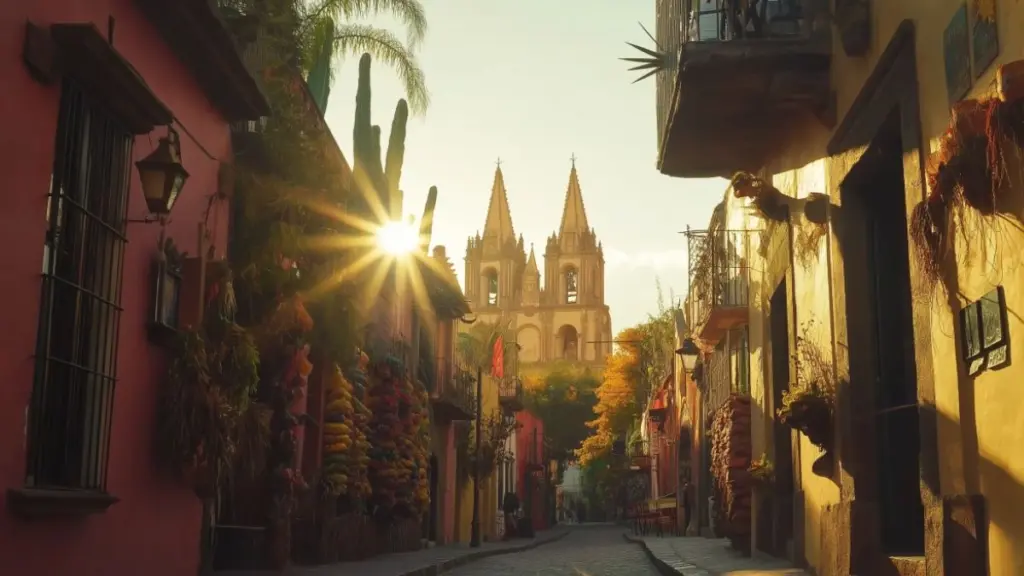
San Miguel de Allende has become a cultural beacon in central Mexico, drawing artists, creatives, and travelers with its stunning colonial architecture and vibrant arts scene. The town’s centerpiece is La Parroquia de San Miguel Arcángel—a neo-Gothic church with pink spires that rise dramatically above the plaza.
Wander the cobblestone streets lined with brightly painted houses and boutique galleries. The town is known for its thriving art schools and workshops, including the famous Instituto Allende. It also hosts festivals like Día de los Muertos and the San Miguel International Film Festival, which bring international flavor to this historic town.
San Miguel Cultural Hotspots
| Location/Experience | Why It’s Special | What to Expect |
|---|---|---|
| La Parroquia Church | Iconic landmark and photo spot | Stunning architecture and history |
| Instituto Allende | Art education and events | Classes, galleries, creative community |
| Local Artisan Markets | Handcrafted goods, folk art | Embroidery, ceramics, jewelry |
Conclusion
Mexico is a mosaic of cultures, civilizations, and stories waiting to be explored. From ancient ruins that echo with spiritual significance to colonial cities bursting with artistic energy, every landmark reveals a different facet of the country’s soul. A cultural journey through Mexico isn’t just about seeing places—it’s about feeling history beneath your feet and understanding how the past continues to shape the present. Whether you’re drawn to the mystique of Mayan temples or the elegance of baroque cathedrals, these must-see landmarks promise to leave a lasting impression on your journey.

